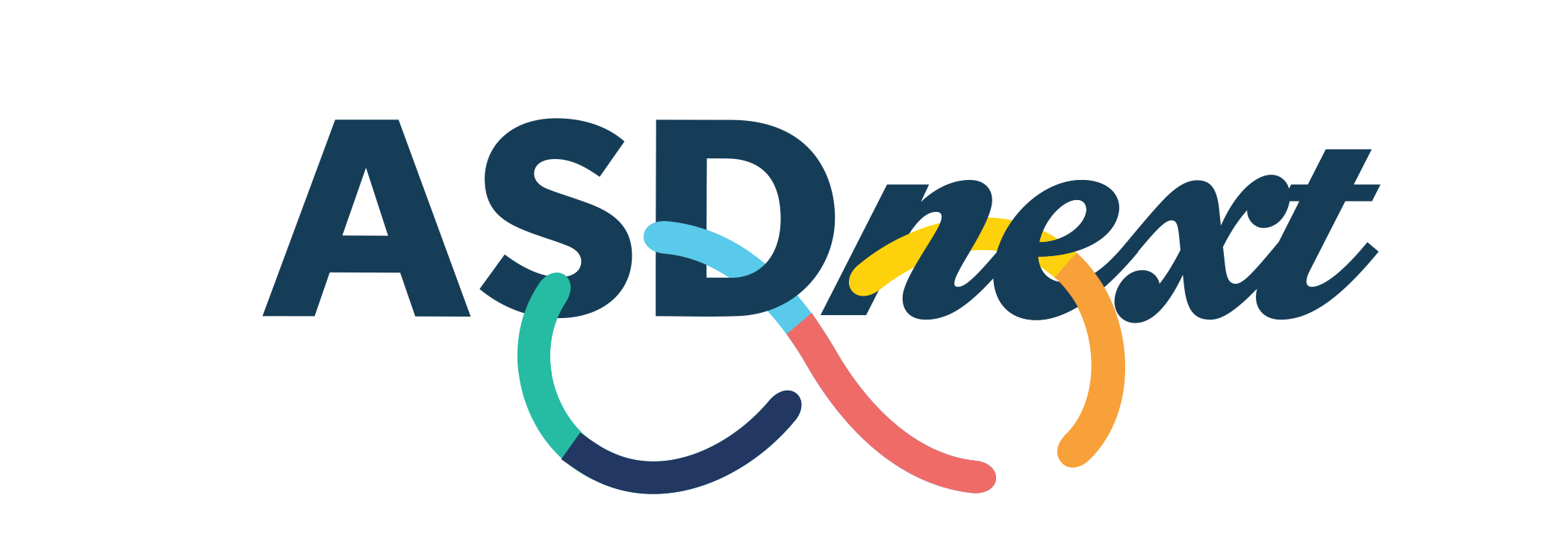Positive Approaches Journal, Volume 10, Issue 4
Positive Approaches Journal | 6

Volume 10 ► Issue 4 ► February 2022
Embracing Behavioral Supports and Meaningful Applications
Introduction
If there’s one thing we’ve learned in the past year, it’s the value of being able to pivot. Our routines have been ransacked, whether we’re providing support services in our jobs or planning a family gathering. Day by day, we evaluate the risks and benefits of any activity involving an encounter with others and make choices about social distance, masks, and using hand sanitizer. The restrictions have encouraged us to develop creative ways to take part in the world around us. Meeting in parks, virtual breakout rooms, or under patio lights by a firepit is now commonplace. Flexibility once praised primarily for people in creative endeavors, has become a survival strategy. And those who have mastered the ability to adapt quickly have thrived in spite of the obstacles.
Positive Behavioral Support, when done well, merges not only evidence-based practices but also ones that are flexible and creative. All humans use behaviors that work for them. Behavior specialists work like detectives uncovering clues and solving the puzzle to determine the functions of behavior. Each plan is unique and individualized, exploring not only observable consequences but also past trauma, environment, and genetics.
Articles in this issue
encourage us to focus on merging silos of mental and physical health and
incorporating biomedical and socio-environmental influences which all play into
how a person behaves. No longer limited to practices like discrete trial
training and aprons filled with M&M’s, Positive Behavioral Support has
proven effective in a variety of messy settings where challenging behaviors are
likely to be triggered, like fast-food restaurants, playgrounds, job sites, and
people’s homes. We’ve learned that behavioral approaches, once thought to be
effective only with specific populations of people with diagnoses like autism
or intellectual disability are effective for everyone, especially when
developing plans with people who require complex mental health support. Creating
multidisciplinary teams with a variety of stakeholders who like and admire the
person needing support helps to promote a positive outcome and ensures
simplicity and ease of administering a plan that works for everyone.
If this work inspires you, check out The Home and Community Positive Behavior Support (HCPBS) Network of the Association of Positive Behavior Support. HCPBS is a nonprofit organization that is dedicated to expanding and enhancing the application of positive behavior support principles across home and community settings, contexts, and the lifespan for people with behavioral challenges (including intellectual and developmental disabilities, mental health diagnoses, and seniors who require memory care and other related services) and the systems who support them. The HCPBS website (www.hcpbs.org) is loaded with practical resources, videos, stories of people who have been helped, and a treasure trove of evidence-based practices and research.
Molly
Dellinger-Wray, MS Ed
Home
and Community Positive Behavior Support Network
Partnership
for People with Disabilities at Virginia Commonwealth University



